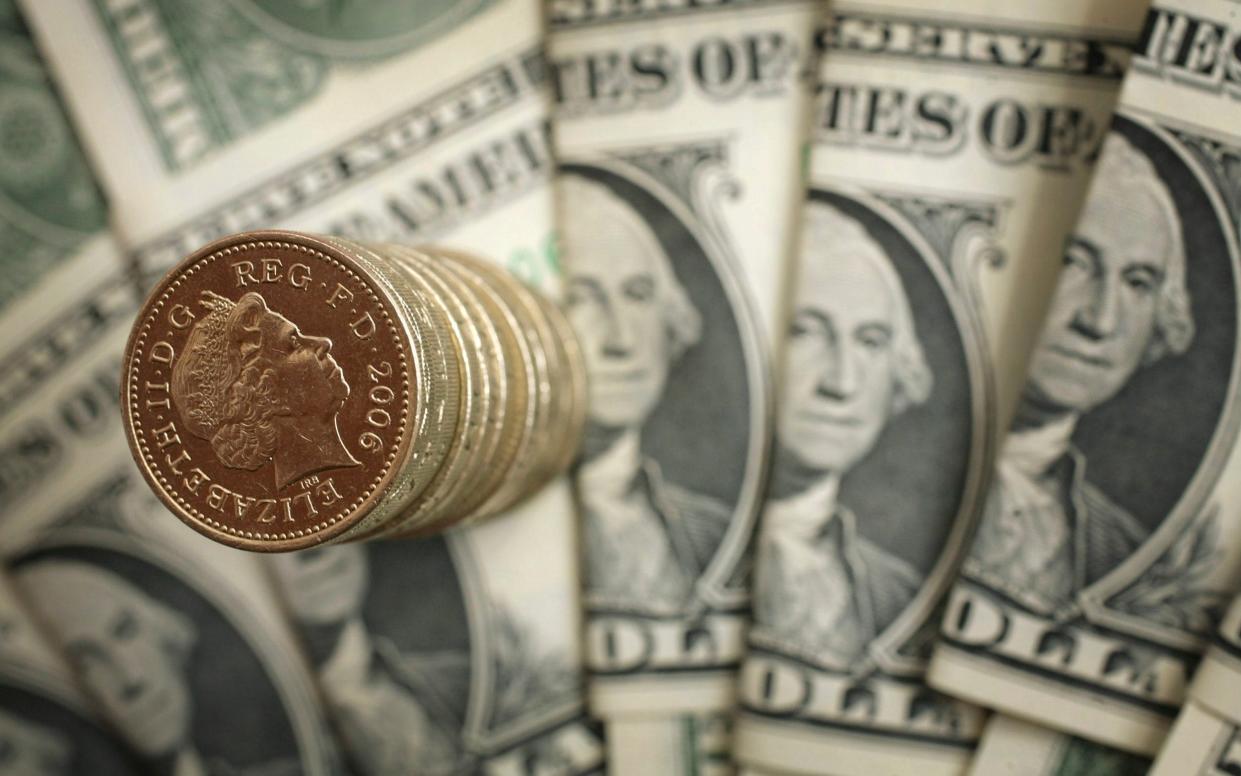Traders bet against sterling as parity with the dollar looms closer

Hedge funds have ramped up their bets against the pound to their highest level since the Brexit turmoil in 2019, as market confidence is rocked by Kwasi Kwarteng unleashing a borrowing binge.
Speculators amassed a £4.3bn bet against sterling in the run-up to the mini-Budget after a sudden turn in confidence in recent weeks amid growing worries over Britain’s public finances.
Trading data suggest betting against the pound has jumped to match levels reached earlier this year. Then, shorts bets reached their highest point since the summer of 2019 when Theresa May was forced to resign.
Confidence has drained out of the pound and UK assets in recent weeks as market worries are fuelled by a combination of recession fears and the Chancellor promising higher borrowing.
Investors have rushed to grab protection against wild swings in sterling in the coming weeks as bets on the currency reaching new record lows against the dollar increase.
On Friday, one-month implied volatility in the pound – a market-based gauge of investors’ expectations for swings in the currency – jumped to its highest level since the start of the pandemic.
Derek Halpenny, head of global markets research at MUFG, said the Chancellor’s “additional surprise income tax cuts have reinforced concerns over adding stimulus to an economy currently running the highest inflation rate across G10”.
He said: “There is certainly no ‘happy-feel’ to this fiscal give-away and appears if anything to have increased the level of uncertainties that were already very elevated.”
The pound’s downward spiral intensified on Friday after Mr Kwarteng unveiled huge tax cuts, triggering a plunge of more than 3pc against the dollar. The unfunded tax cuts have stoked worries about the UK’s public finances and whether the stimulus will stoke inflation, dragging sterling to its lowest level in 37 years versus the dollar.
The first week of September saw the biggest jump in bets against sterling since November last year as Liz Truss won the Tory leadership race.
Financial contracts data suggests investors now believe the odds of sterling tumbling to a record low of $1.05 by the end of 2022 are 50/50, compared to just 3.5pc at the start of the year. The market-based probability of the pound reaching parity with the dollar within the next 12 months is 40pc.
Antoine Bouvet, strategist at ING, said that the pound “has been trading off fiscal concerns since early August”, calling it a “perfect storm” for UK assets.
“Unless something can be done to address these fiscal concerns, or the economy shows some surprisingly strong growth data, it looks like investors will continue to shun sterling.”
The pound has shed almost 20pc of its value against the stronger dollar in 2022. The slide has partly been driven by dollar strength but the pound has also declined 13pc against a basket of major currencies.
City analysts likened the pound’s slump to that of an emerging market currency as it coincided with a rise in bond yields.
Adam Hoyes, market economist at Capital Economics, said: “This is a pattern more often associated with emerging markets, and looks like a signal that investors are becoming more concerned about the new UK government’s approach, with fiscal and monetary policy increasingly working in opposite directions.
“We doubt that even further monetary tightening would be sufficient to turn around the pound’s fortunes. We expect it to end the year at $1.05.”
Jane Foley, currency strategist at Rabobank, said the pound’s slump has fuelled speculation that the Bank of England will forced into “huge emerging market style rate hikes to prevent further sharp losses”.
“This, however, would pressure demand and could undo the impact of Truss’s tax cuts, leaving only the legacy of higher debt.”

 Yahoo Movies
Yahoo Movies 
